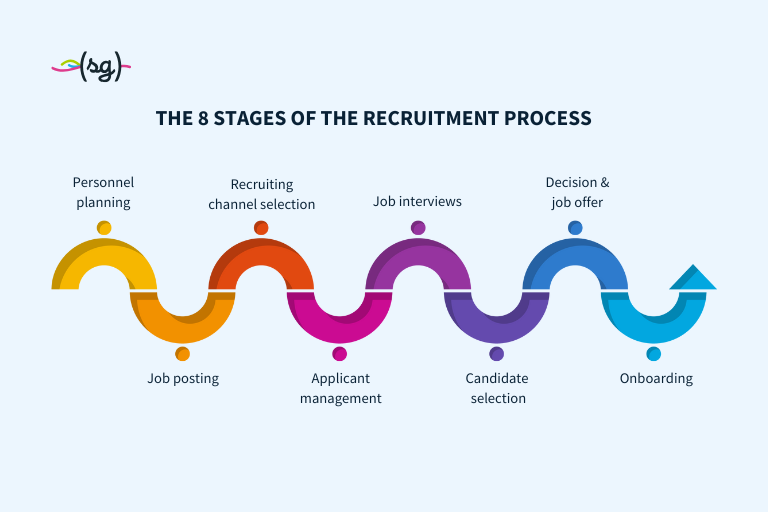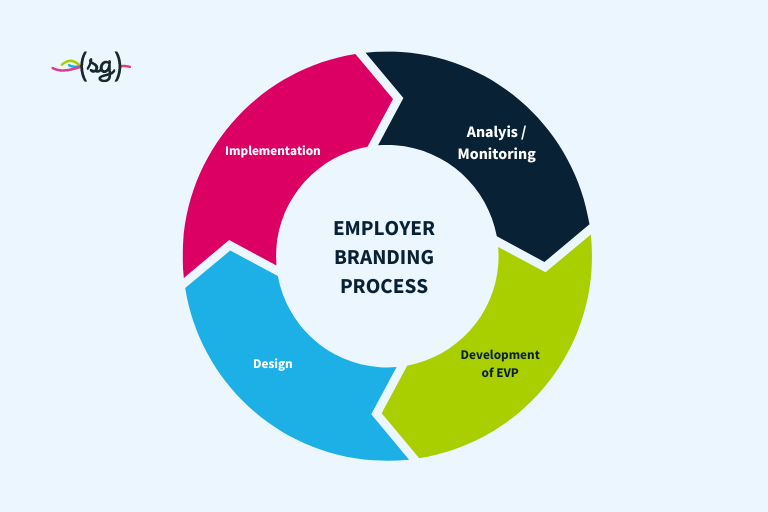Recent changes in Western economy have led to shortage of skilled workers, meaning that employers are no longer able to pick and choose from a surplus of talent. Today’s labour market is ruled by qualified and tech-savvy young professionals who know they are in high demand, making it increasingly difficult for employers to fill vacancies. In the face of these challenges recruiters are branching out for different ways to recruit their target audiences. These days employers don’t just sit back and wait for their applicants to come to them, they actively go out and source previously undiscovered talent, or so-called passive candidates.
What is Active Sourcing?
Active Sourcing essentially means the active search for promising candidates, before the need to fill a position has arisen. This involves, for example, recruiters establishing contact with promising candidates at university events, recruitment fairs, networking seminars etc and maintaining ties with those potential employees in preparation for an open position. By building up these relationships over time, employers not only increase their chance to quickly fill vacancies, but they’re able to choose from a high standard of pre-selected candidates.
How does Active Sourcing work?
Regardless if a candidate is already employed, studying or passive, recruiters are establishing contact and maintaining skilled candidates in talent pools for possible future employment. As before mentioned, university events, recruitment fairs etc are often used to initiate this contact, however social networking is rapidly becoming the favored option for modern day recruiters. With billions of users each, social networks like Facebook, Twitter, XING and LinkedIn are providing an ideal platform for recruiters to find and contact potential employees for their talent pools.
What are the difficulties of the Active Sourcing?
Active souring offers recruiters new possibilities but also has it’s fair share of difficulties. Maintaining contact with candidates must be conscientiously done, in order to maintain positive relationships. More often than not, an employer will contact their candidates via email. A target-specific, personalized mail will generally be positively received, a copy-and-paste will not. Active sourcing at public events presents its own challenges too. Networking events generally hold a lot of competition, and employers have to regularly think of new tactics to attract their audiences. In both cases, thorough background research and conscientious target marketing will aid employers in successful active sourcing.
What are the advantages Active Sourcing?
Active sourcing saves time in the long run, and will almost certainly produce a better quality of candidate. Active sourcing does initially require a considerable amount of man hours but it pays off by ensuring that a position is immediately filled instead of employers having to wait weeks, or even months for the right candidate to appear. The existing ties between employer and candidate also means that recruiters eventually spend less time sifting through CV’s or interviewing, because they already know their applicants.
How does Active Sourcing benefit candidates?
Asides from the obvious advantages to employers, active sourcing can be a huge benefit to potential candidates. Individuals who are enrolled in university, otherwise employed or unable to work can quickly find jobs when the need arises. A candidate will have been selected for their suitable talent and skills, and therefore lead to a mutually beneficial match between employer and employee.









